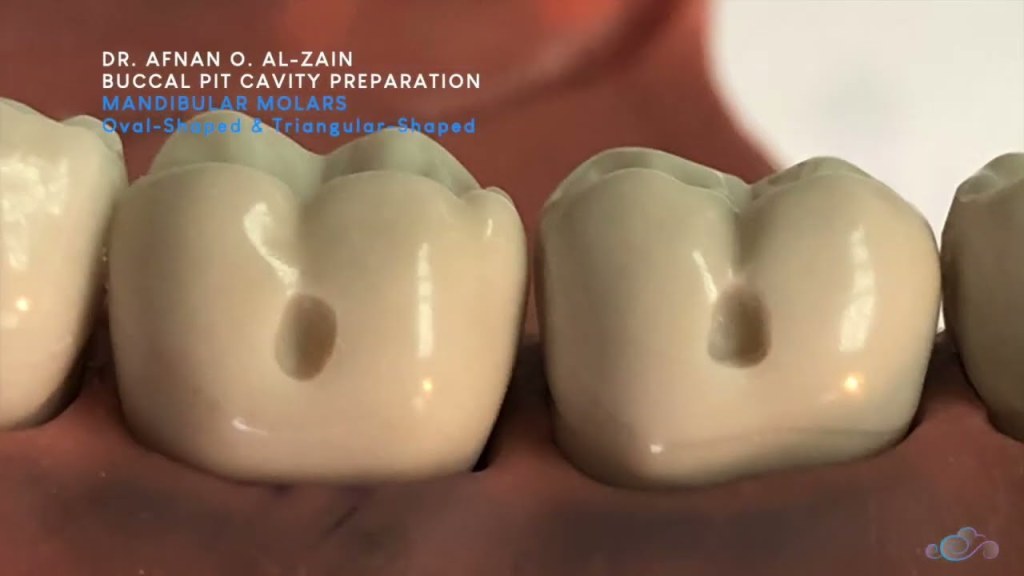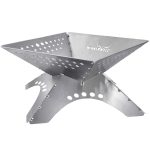Buccal Pit Unveiled: Uncover The Hidden Secrets Of Oral Health!
Buccal Pit: The Ultimate Guide to Understanding Its Importance
Greetings, Racing Enthusiast! In the world of racing, there are various technical terms and components that play a crucial role in the performance of a race car. One such component is the buccal pit. In this article, we will delve into the details of buccal pit, its significance, and how it contributes to the overall performance of a race car. Let’s explore!
Introduction
The buccal pit is a specialized feature found in race cars that aids in improving their aerodynamic efficiency. It is a small cavity or indentation strategically placed on the side of the car’s bodywork, specifically in the vicinity of the front wheels. The primary purpose of the buccal pit is to optimize airflow around the wheels, reducing drag and enhancing stability at high speeds.
1 Picture Gallery: Buccal Pit Unveiled: Uncover The Hidden Secrets Of Oral Health!

The buccal pit has gained significant attention in the racing world due to its ability to improve the overall performance of race cars. It is a testament to the relentless pursuit of engineering excellence in the quest for speed and aerodynamic supremacy. Let’s dive deeper into the specifics of this remarkable component.
What is Buccal Pit?
The buccal pit is a carefully engineered feature designed to optimize the airflow around the wheels of a race car. It is an indentation or cavity strategically positioned on the car’s bodywork, specifically on the sides near the front wheels. The buccal pit allows for better management of turbulent airflow generated by the rotation of the wheels, reducing drag and enhancing stability.
How does it work?

Image Source: ytimg.com
The buccal pit works by creating a low-pressure area around the wheels, effectively reducing the air resistance and drag. This allows the race car to maintain higher speeds while using less energy. Additionally, the buccal pit helps to control the turbulence generated by the spinning wheels, minimizing the negative effects on the car’s aerodynamics.
Who can benefit from Buccal Pit?
The buccal pit is primarily utilized in high-performance race cars, including Formula 1 and other top-tier racing series. The precise engineering and aerodynamic enhancements offered by the buccal pit make it a valuable asset for teams aiming to gain a competitive edge on the track.
When was Buccal Pit introduced?
The concept of the buccal pit has been around for several years, with its implementation becoming more widespread in recent times. Racing teams and engineers continually strive to find innovative solutions to improve the performance and aerodynamics of their cars. The buccal pit is one such development that has gained popularity in the racing community.
Where is Buccal Pit located?
The buccal pit is strategically positioned on the sides of the race car, near the front wheels. Its precise location may vary depending on the specific design and aerodynamic requirements of the car. However, the general principle remains the same – to optimize the airflow around the wheels and reduce drag.
Why is Buccal Pit important?
The buccal pit plays a vital role in enhancing the aerodynamic efficiency of a race car. By managing the turbulent airflow generated by the rotating wheels, it reduces drag and improves stability at high speeds. This allows the car to maintain higher velocities and achieve faster lap times. The optimization of airflow around the wheels also contributes to better tire grip and handling, enhancing overall performance.
How is Buccal Pit designed and implemented?
The design and implementation of the buccal pit are highly dependent on the specific requirements of the race car and its aerodynamic characteristics. Engineers utilize computational fluid dynamics (CFD) simulations, wind tunnel testing, and real-world data to optimize the shape, size, and placement of the buccal pit. The goal is to achieve the most effective airflow management and minimize any negative effects on the car’s performance.
Pros and Cons of Buccal Pit
Advantages of Buccal Pit
1. Improved Aerodynamics: The buccal pit enhances the aerodynamic efficiency of a race car, reducing drag and improving stability at high speeds.
2. Increased Speed: By reducing drag, the buccal pit enables the car to maintain higher velocities, resulting in faster lap times.
3. Enhanced Tire Grip: Optimizing airflow around the wheels improves tire grip and handling, allowing for better control and maneuverability.
4. Competitive Edge: The implementation of buccal pit gives racing teams a competitive advantage, as it contributes to overall performance improvement.
5. Technical Innovation: The buccal pit showcases the continuous pursuit of engineering excellence and innovation within the racing industry.
Disadvantages of Buccal Pit
1. Complexity: The design and implementation of the buccal pit require significant expertise and resources, making it a complex and costly undertaking.
2. Performance Variability: The effectiveness of the buccal pit may vary depending on factors such as track conditions, weather, and specific car setup.
3. Sensitivity to Design: Small variations in the buccal pit’s shape, size, or placement can have a significant impact on its overall performance and effectiveness.
4. Requires Continuous Development: The buccal pit is a product of ongoing research and development, requiring constant refinement and improvement to stay ahead of the competition.
5. Limitations in Specific Conditions: While beneficial in most racing scenarios, the buccal pit may have limitations in extreme weather conditions or unique track layouts.
Frequently Asked Questions (FAQ)
1. Can the buccal pit be used in other types of vehicles?
Yes, the buccal pit concept can be applied in other high-performance vehicles, such as sports cars and hypercars, to improve their aerodynamic efficiency.
2. What are the potential drawbacks of the buccal pit?
The buccal pit’s effectiveness may vary under different racing conditions, and its implementation requires substantial resources and expertise.
3. Are there any regulations regarding the use of buccal pit in racing?
Regulations governing the use of the buccal pit may vary across different racing series, with some imposing restrictions on its design and implementation.
4. Can the buccal pit be retrofitted onto existing race cars?
It is possible to retrofit the buccal pit onto existing race cars; however, it requires careful consideration of the car’s design and structural integrity.
5. How does the buccal pit compare to other aerodynamic features?
The buccal pit is just one of many aerodynamic features utilized in race cars. Its effectiveness and impact on performance may vary in comparison to other components, such as wings or diffusers.
Conclusion
In conclusion, the buccal pit is a remarkable component that significantly contributes to the aerodynamic efficiency and performance of race cars. By optimizing airflow around the wheels, it reduces drag, improves stability, and enhances overall speed. While it may have its complexities and limitations, the buccal pit remains a testament to the relentless pursuit of engineering excellence in the world of racing. Its continuous development and implementation exemplify the commitment to pushing the boundaries of performance and aerodynamics. So, embrace the power of the buccal pit and unleash the full potential of your race car!
Final Remarks
Dear Pit Walk Enthusiast, we hope this comprehensive guide to the buccal pit has provided you with valuable insights into its importance and impact in the racing world. As with any technical component, it’s crucial to consider various factors and consult experts when implementing the buccal pit in your race car. Remember, innovation and continuous improvement are the keys to staying at the forefront of racing excellence. Happy racing!
This post topic: Pit



